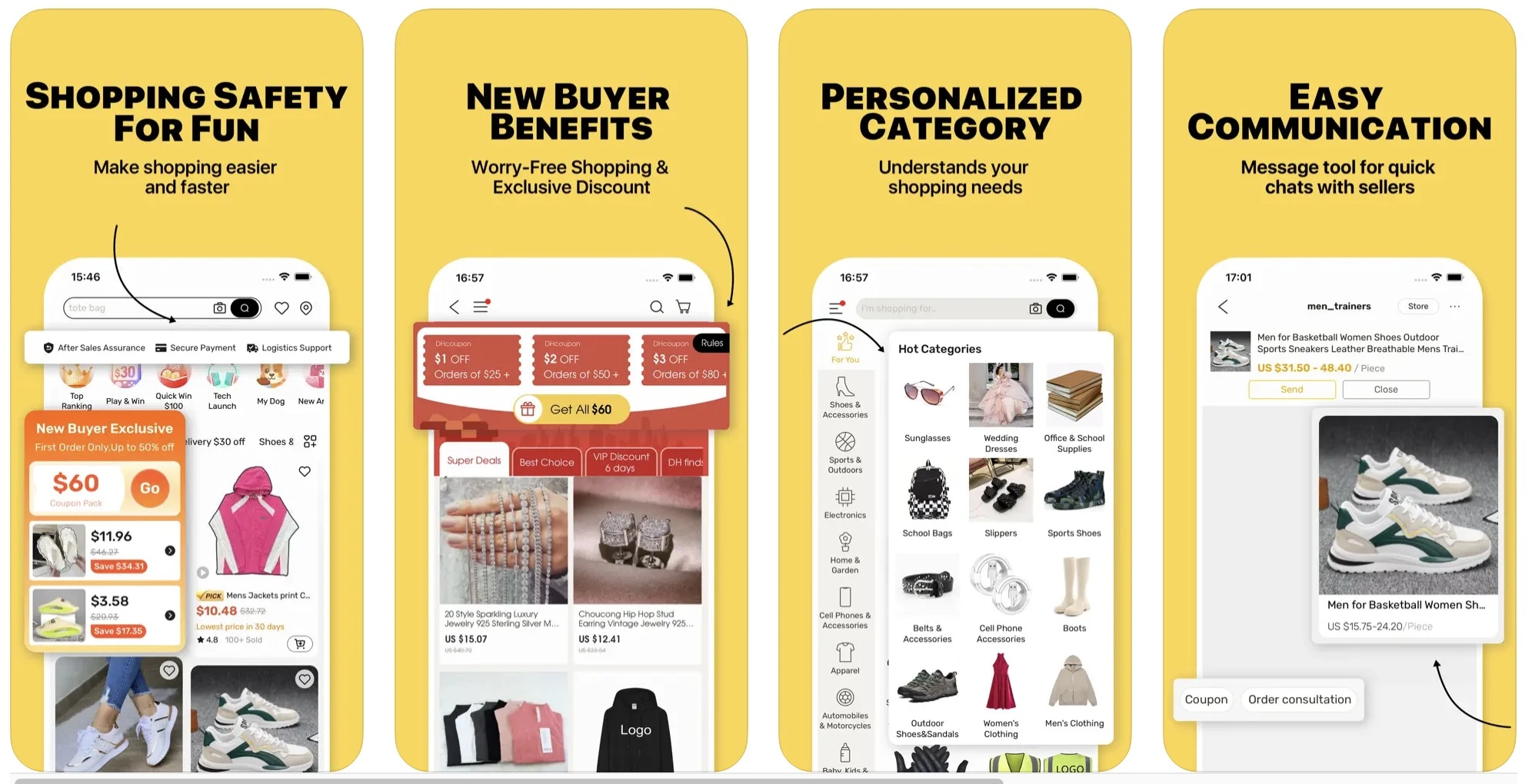Amid a U.S.-China trade war, Chinese marketplace DHgate has become a top U.S. app. A viral TikTok trend shows manufacturers promoting direct-to-consumer sales to American shoppers, circumventing President Trump's 145% tariff hike.

October 2, 2025

Source:
CNN
TikTok Becomes New Front in U.S.-China Trade War
In a direct response to escalating trade tensions, Chinese manufacturers have turned to TikTok to bypass steep U.S. tariffs. The social media platform is now flooded with viral videos aimed at American consumers, creating a new digital battleground in the ongoing economic conflict.
The Viral Tariff Workaround
Suppliers in China are creating short, engaging videos that claim to reveal the "true" source of goods from major global brands. These posts often feature factory tours and side-by-side price comparisons, suggesting shoppers can buy items similar to those from brands like Lululemon for under $10, compared to over $100 in U.S. stores.
The messaging is often paired with political commentary, openly mocking the 145% tariff hike imposed by the Trump administration and highlighting the significant markups of Western retail companies.
DHgate's Surge to the Top
This viral marketing has had a significant impact on app downloads. Chinese e-commerce platform DHgate, which facilitates direct-from-manufacturer sales, has surged to the top of the U.S. App Store.
The app's popularity indicates a growing interest among American consumers to find alternative shopping channels to avoid higher prices, even if it means navigating a complex and risky market. DHgate and similar platforms have become the primary gateway for consumers to act on the trends they see on TikTok.
Keep up with the story. Subscribe to the PR+ free daily newsletter

Source:
TechCrunch
Brands Push Back as Counterfeit Market Thrives
While consumers are drawn to the promise of huge savings, major brands and industry experts are issuing warnings about the legitimacy of these viral offers. The trend highlights the persistent challenge of counterfeit goods flowing from China.
Official Denials from Top Brands
Prominent brands named in these videos are forcefully denying any connection to the factories shown. Lululemon, for instance, stated that only about 3% of its finished goods originate from China. Likewise, Louis Vuitton asserted it does not finish products there at all.
A spokesperson for Lululemon noted, "These videos do not reflect our legitimate supply chains or manufacturing partners." The consensus is that most viral offers are from manufacturers of "dupes" (duplicates) or outright counterfeit items, not from official brand suppliers. More information on counterfeits can be found from the U.S. Customs and Border Protection.
The Impracticality of 'Factory Direct'
Experts warn that buying directly from a Chinese factory is not as simple as the videos suggest. Key challenges include:
Bulk Order Requirements: Most factories have minimum order quantities, making individual purchases impractical.
Scam Risks: The direct-to-consumer model is ripe for scams, with little recourse for buyers.
Customer Service: Navigating communication, returns, and quality control is incredibly difficult for individual shoppers.
Because of these hurdles, apps like DHgate have become the more feasible—though still risky—alternative for accessing these goods.
Read More

Source:
TechCrunch
Share this news:




















